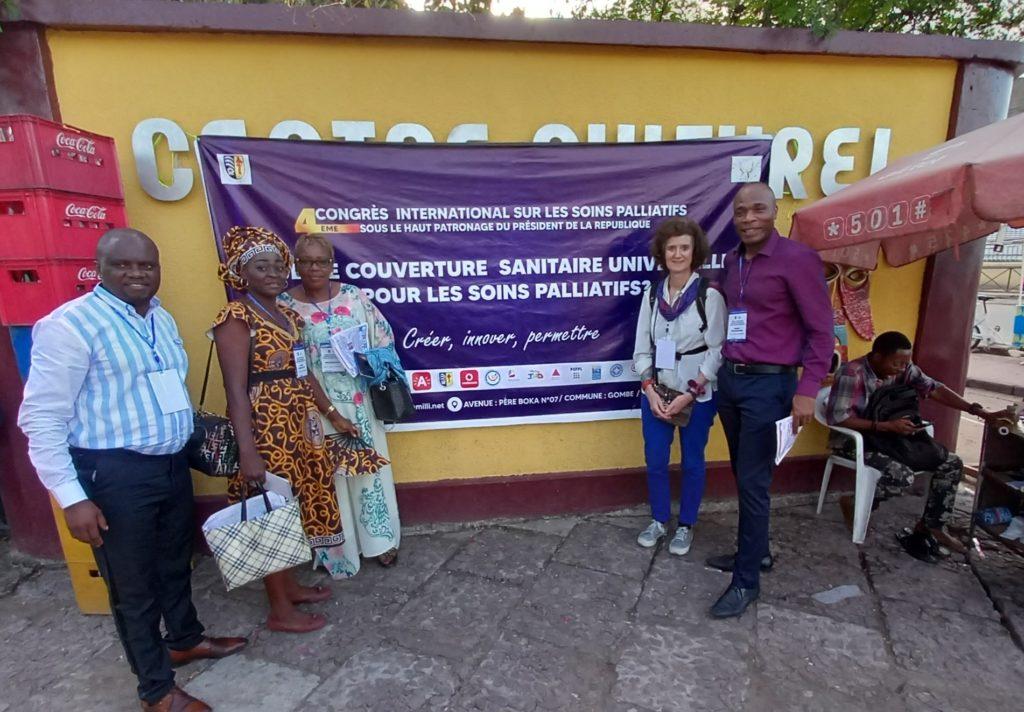
Opioid analgesics are essential medicines, needed for treating acute and chronic pain. Morphine, methadone, hydromorphone, oxycodone, codeine and fentanyl are all listed in the WHO Model Lists of Essential Medicines. However, being “attractive” for illicit use and abuse, they are also listed as “controlled substances” under the Single Convention on Narcotic Drugs (UN Office on Drugs and Crime).
The illicit production and use of opioids keeps on causing a huge death toll, despite attempts to prevent and repress them. North America in particular is hit by an “epidemic” of fentanyl-related overdoses that receives broad coverage from the scientific and lay press. But another crisis that causes a lot of human suffering is rarely or not covered by mainstream media, and almost ignored by the general public: thousands of children, adults and elderly living in low- and middle-income countries (LMICs) do not have access to the opioid medications they need for acute, chronic or terminal pain. In the words of a (2018) Lancet Commission, Alleviating the access abyss in palliative care and pain relief—an imperative of universal health coverage: the Lancet Commission report: “poor people in all parts of the world live and die with little or no palliative care or pain relief. Staring into this access abyss, one sees the depth of extreme suffering in the cruel face of poverty and inequity. The abyss is broad and deep, mirroring relative and absolute health and social deprivation”.
Let’s look at some of these figures more in detail: “Of the 298·5 metric tonnes of morphine-equivalent opioids distributed in the world per year (average distribution in 2010–13), only 0·1 metric tonne is distributed to low-income countries. The amount of morphine-equivalent opioids distributed in Haiti is 5 mg per patient in need of palliative care per year, which means that more than 99% of need goes unmet. By contrast, the annual distribution of morphine is 55 000 mg per patient in need of palliative care in the USA and more than 68 000 mg per patient in need of palliative care in Canada—much more than is needed to meet all palliative care and other medical needs for opioids on the basis of estimates of the Commission”. These are ‘killer stats’, as is depicted in a very telling world map in the Commission. The global imbalance is very similar to the one observed for antiretrovirals during the HIV crisis in the 2000’s, or for COVID19 vaccines and therapeutics during the pandemic. However, the issue does not attract the attention of the press or the public. Where does this neglect come from?
One possible explanation is linked to complexity. The barriers to access and use of opioid narcotics are multiple and located at various levels, both in-country and internationally. They include onerous legislation, regulation and policies, complex international trade controls, and issues in financing, sourcing and supply; but also cultural attitudes and fear of dependance, absence of knowledge and training among health professionals, and poorly-developed or absent palliative care systems. This complex web of responsibilities and shortcomings is difficult to translate into communication and advocacy language.
Another explanation is linked to opioids’ potential for misuse. In order to adequately protect individual and public health, international and national regulations should achieve a delicate balance between ensuring access for medical needs on the one hand, and preventing abuse and diversion on the other. This is a challenging and somewhat controversial task, as proven by the long process to revise the WHO guideline on ensuring balanced national policies for access and safe use of controlled medicines (announced in 2019 already). The (perceived) thin line between medical use and abuse may discourage activists and journalists from taking the lead on a vocal advocacy campaign – differently from what happened for antiretrovirals and COVID19 vaccines.
A third explanation is suggested in the work of King and Fraser, who in 2013 linked this neglect to prevailing ideologies in global health. They noted that “both the biomedical and public health approaches to global health marginalize or ignore pain management, viewing it as a drain on resources that would be better spent on cure or prevention”. De facto, many global health efforts indeed embrace a ‘‘biomedical’’ model, which prioritizes the treatment and eradication of disease and directs resources to treating the diseases, with the unwanted consequence of neglecting the suffering caused by the disease.
These three reasons – complexity, potential for misuse, and prevailing ideologies in global health- may jointly explain the neglect of untreated pain in global health, despite a “growing consensus that freedom from unnecessary pain is a fundamental human right”. They don’t justify it, though. Efforts are needed to overcome this ethically unacceptable inequality in global health, and push for pain management to be systematically included in universal health coverage policies and packages. .
For a start, let’s make this one of the priorities later this year, at the UN High-Level Meeting on UHC in New York.
